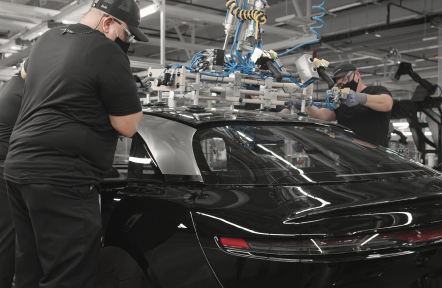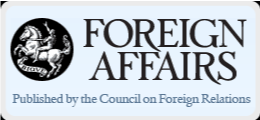Trust, the cornerstone of the financial services sector, is earned over time. No depositor or business will entrust their hard-earned wages or well-deserved profits to a bank that fails to project rock-solid stability, adequate competence and completely trustworthy.
In the wake of the 2023 banking crisis in the United States that saw the closure of Silicon Valley Bank, Signature Bank, and First Republic Bank, as well as the liquidation of Silvergate Bank, many banks around the world, including legacy institutions, are strengthening their reserves and reputation.
The first pillar: Strengthening the books and reputation
In India, IDFC FIRST Bank has continuously strengthened its foundations, both financial and reputational, determined to become one of the country’s leading financial institutions. Born out of the merger of IDFC Bank and Capital First in December 2018, IDFC FIRST Bank is already a transformed institution.

From 2019 to 2023, the IDFC First Bank increased lending to the much safer retail segment, raised operating profits from $136 million to $569 million, cleared troubled legacy infrastructure loans, and went from losses to profits of $100 million.
But the bigger progress was reputational, the bank has been able to raise current account and savings account (CASA) deposits from $651 million upon the merger in 2019 to $8.8 billion, far outpacing the industry. The bank claims CASA deposits grew by 44% for the 2023 fiscal, even after reducing savings account interest rates from 7% to 4% in 2021.
“We tell our employees income earned unethically is not worth earning. We are a new bank, and we are embedding ethics as one of the key DNA strands in the bank,” said Managing Director and CEO V. Vaidyanathan, referring to IDFC FIRST Bank’s ‘Near and Dear’ test, which involves asking employees if they would recommend its proposed products to their loved ones.
“We take our ethical banking theme very seriously. It’s not a slogan, we must live it every day. For example, we sat down one day and studied our fee structure on savings accounts. It was complicated, like all other banks. We tried simplifying it so our customers could understand them. But product managers justified every caveat and covenant, from home branch, non-home branch, in-city, out of city branches, on-us, off-us, ad-valorem, everything,” Vaidyanathyan explained.
“But it was a mess. Calculating fees would require calculators and customers to be mathematicians. We said to hell with this, let’s make it zero. Thus, our zero-fee banking was born. Today, we are the only bank that offers zero fees on 28 essential services like cash deposits, cash withdrawals, ATM, IMPS, RTGS, NEFT, and so on. At our bank, customers don’t need any calculators. They can be in peace,” he also said.
The second pillar: Going digital
The bank was able to reach more customers thanks to the Indian government’s efforts to advance the nation’s digital ecosystem.
“India has put together Digital Public Goods (DPGs) built on the foundation of Aadhaar, mobile phones, and bank accounts. India Stack is truly transforming the way we make payments, do our KYC (know-your-client), do cash flow analysis, do e-agreements, and set up e-mandates. This has benefited small entrepreneurs in India as they can now get small ticket loans as low as $100 or $200 because of the means put together by the Government. Our bank is at the forefront of using these DPGs,” Vaidyanthan said.
The third pillar: Delivering social good
“Can you believe that we financed 2.1 million water and sanitation loans, like loans of $300 to $400 for toilets? And our repayment rate is 99.5%. We allow loans a 100% prepayment fee waiver for our WASH (water, sanitation, and hygiene) loans. We want no prepayment fees from this income profile,” the IDFC First Bank chief said.
“We believe the 30 million loans provided by us have, along the line, created employment opportunities. We can’t count exactly how many, but it has to be in the millions. Even our paperless transactions and green branches are ESG (environmental, social, and governance) investments. A good part of our business is naturally ESG, but we didn’t categorize them that way. Now that we realize the power and urgency of ESG, we will make more focused efforts from now on,” Vaidyanathan said.
“Our features cost us money. Sometimes, it is not very clear what the payback is. For instance, we can’t know the value of our zero fees for savings accounts or our giveaway credit cards. But, we are building the bank for the long run, and trust is key for the long run,” he also said.










